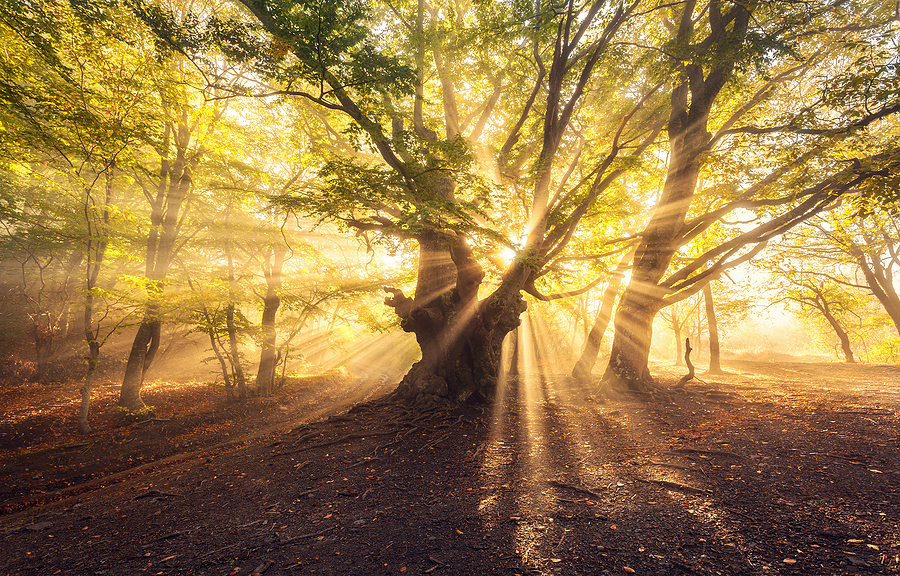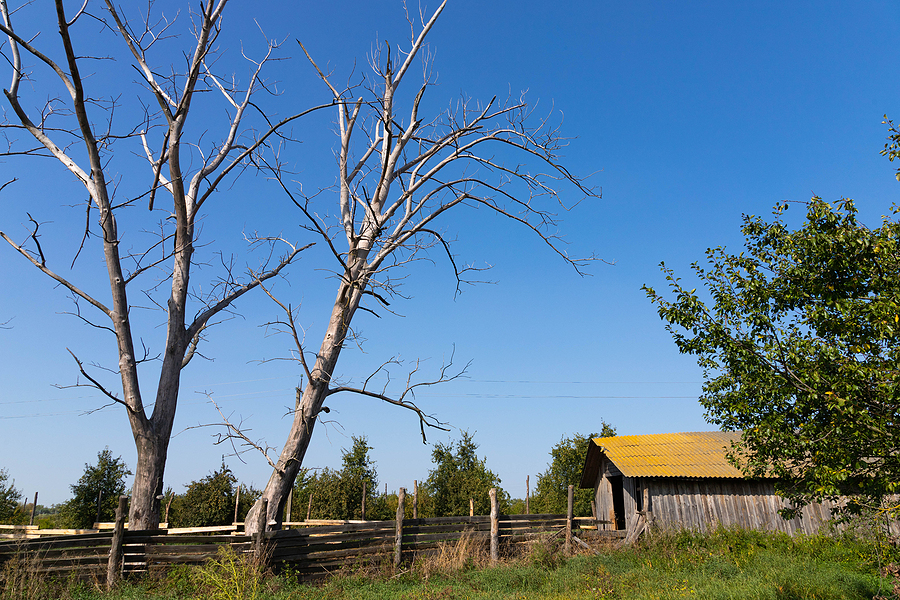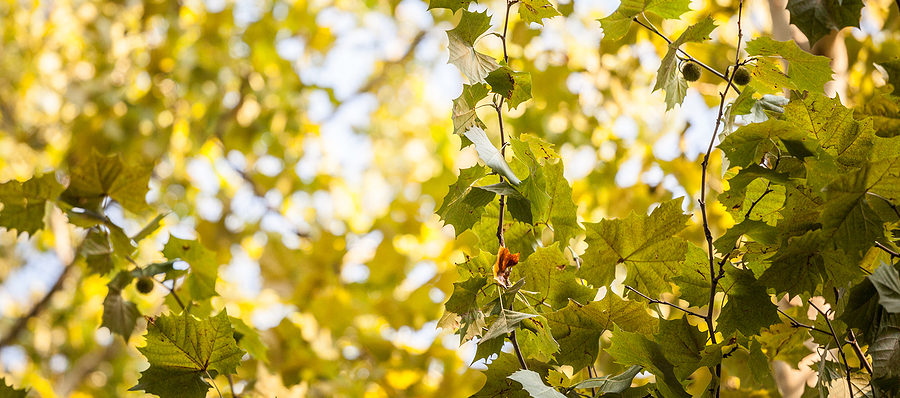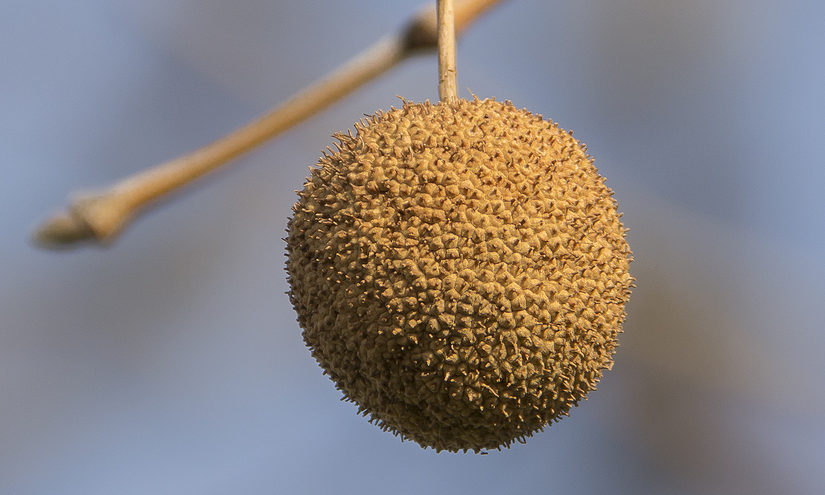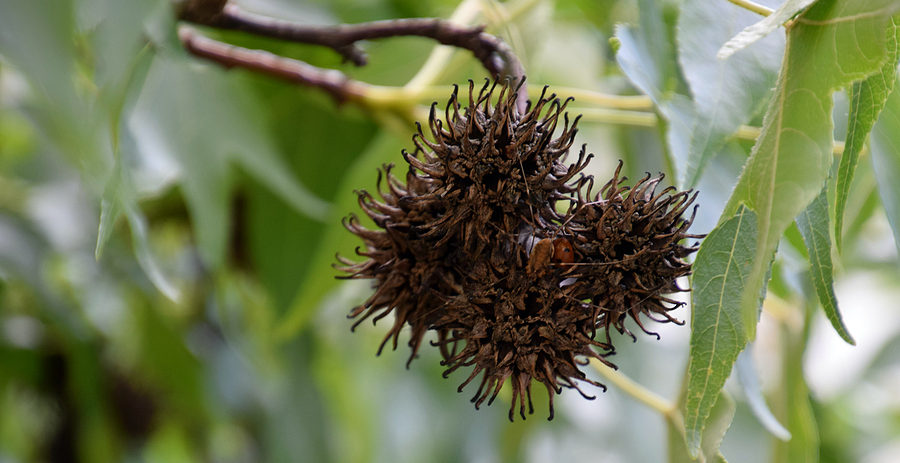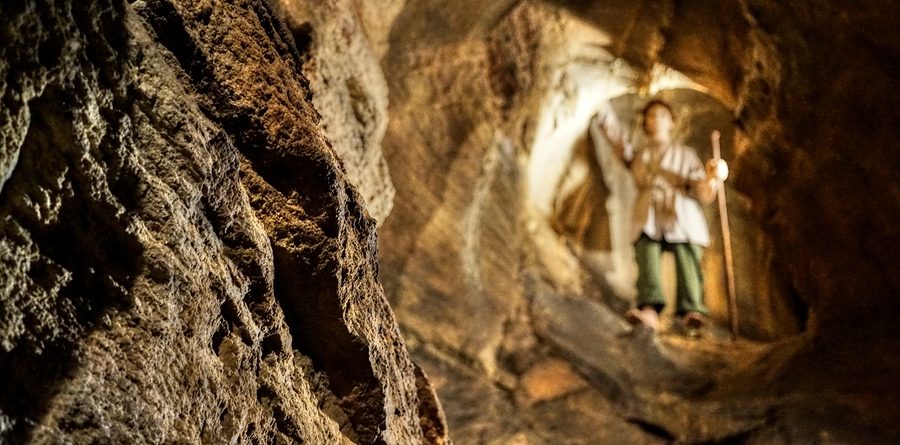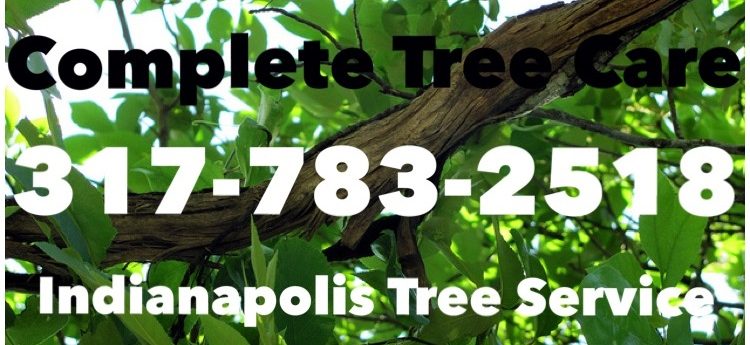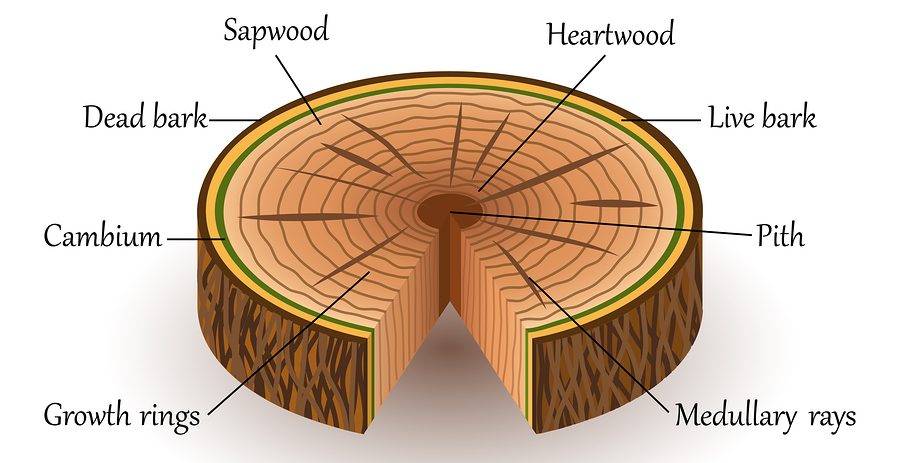Arbor Day is more than just an annual event; it’s a testament to our commitment to the planet and future generations. As an Indiana resident or a reader with a passion for the environment, this celebration holds tremendous significance. In the heart of the Midwest, where the landscape is as storied as it is vast, each seedling planted can fuel a greener, healthier future for all Hoosiers. This blog post extends its branches to you, inviting you to partake in the legacy of Arbor Day and foster a sustainable smackdown against deforestation.
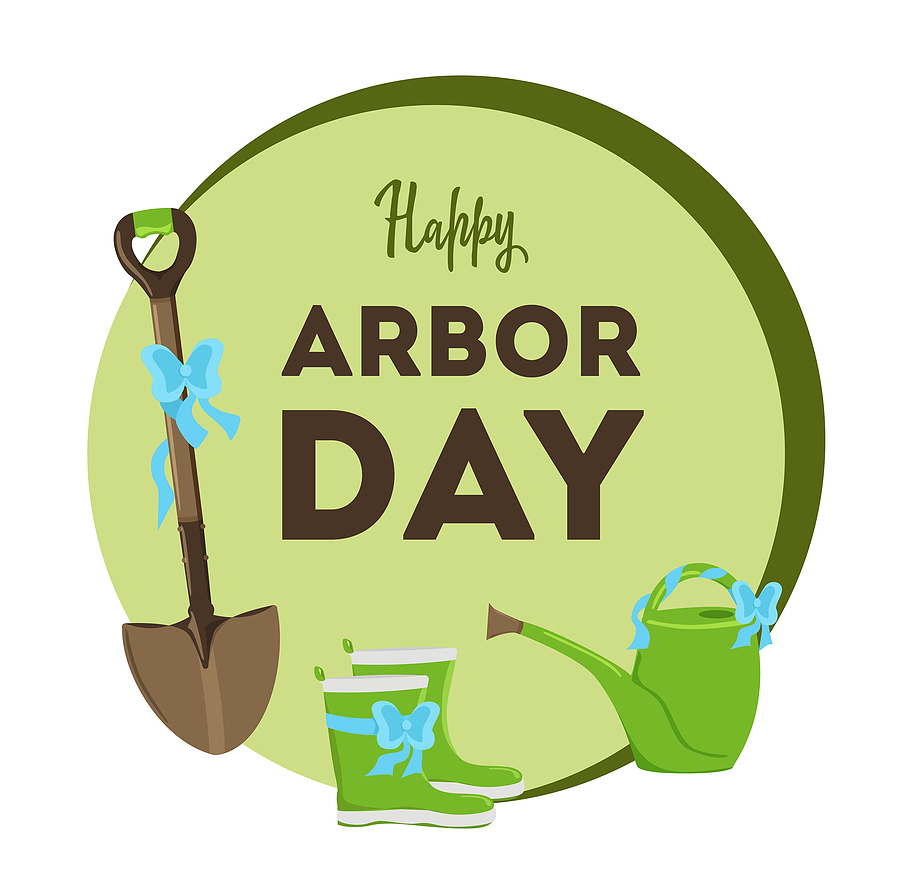
What is Arbor Day All About?
Arbor Day, a holiday that celebrates the planting, care, and preservation of trees, is a quintessential “green” day on the calendar. But its scope is far more profound. It’s a reminder of the vital role trees play in our ecosystem and an essential call to action for conservation.
First celebrated over a century and a half ago, its philosophy remains as sturdy as the oldest tree. In this digital age, Arbor Day prompts us to reconnect with nature, to put down roots of our own. It is, essentially, an investment in the future – a statement that we will be wise stewards of the earth’s most precious green assets.
The History of Arbor Day
The inception of Arbor Day was a quiet yet powerful revolt against the decimation of America’s trees. J. Sterling Morton, the Nebraska newspaper editor who proposed the holiday, could foresee the environmental aftermath if no action was taken. His legacy sprouted into a movement that compelled states to observe a day dedicated to tree planting.
The first-ever Arbor Day took place in Nebraska City, Nebraska, where over one million trees were planted. It was a pioneer-like vision to combat the starkness of the plains with flourishing forests. From these humble beginnings, the idea spread like pollen in the wind, taking root in various states and countries.
Today, Arbor Day is celebrated nationwide and internationally, with each location adding its unique twist. In the fertile soils of Indiana, home to 156 native tree species, Arbor Day has transformed into a festival of tree diversity and community resilience.
The Importance of Trees in Our Community
Trees are the lungs of our planet, breathing out the oxygen we need and breathing in carbon dioxide – nature’s ecological cycle in perfect harmony. However, their benefits are as diverse as the canopies they form. Trees keep cities cooler in the summer, control erosion, and provide habitats for countless species of flora and fauna. They also play a pivotal role in mitigating climate change, acting as carbon sinks that trap and store greenhouse gases.
Branching Out the Benefits
Did you know that a mature tree can absorb upwards of 48 pounds of carbon dioxide a year? That’s why each and every tree matters and why, with 3 billion trees in Indiana, there is an unspoken mandate to protect and propagate our forest heritage.
Indiana’s Arbor Day Traditions and Events
In the Hoosier state, Arbor Day is celebrated with a zeal that mirrors its agricultural roots. Various activities and events bring together communities to plant and appreciate trees. Indianapolis residents can often participate in tree planting ceremonies at local parks or take part in educational workshops on tree care and maintenance.
This year, AES Indiana giving away free tree saplings! They will be in the Garfield Park Burrello Family Center (2345 Pagoda Drive). This gives the public an opportunity to plant in their yards and contribute to the state’s green infrastructure.
How Indiana Goes the Extra Mile
The commitment to conservation is deeply ingrained in Indiana’s ethos. Beyond Arbor Day, the state conservation efforts pave way for long-term green spaces. The Nature Conservancy’s ‘Plant a Billion Trees’ campaign, for instance, targets the reforestation of the Central Hardwoods Region, which includes Indiana, promising back the lushness of green that once embodied the area.
Why Arbor Day Should Matter to You
Arbor Day can be personalized to reflect its importance to different facets of society. For homeowners, it offers an annual opportunity to add beauty and value to your property. Business owners have a chance to improve the aesthetics of their establishments and contribute positively to their local environment. The broader community sees Arbor Day as a re-commitment to sustainability, a pledge to build a thriving and verdant Indiana.
Nurturing the Neighborhood
Every tree you plant provides oxygen, soil stability, and a myriad of other ecosystem services. It’s a simple act with an exponential return on investment that benefits not just you, but everyone around you.
How to Participate in Arbor Day
Arbor Day is most powerful when it moves us from thought to deed, from seed to flourishing forest. Here’s how you can contribute on a personal, local, and statewide level:
Indiana’s Planting Plan
Personal: If you have a yard, consider planting a native tree species. It’s like a passport to the area’s natural identity, fostering species that have evolved right under Indiana’s sun.
Community: Organize a tree planting event in your neighborhood. Local parks and green spaces often welcome volunteers to help expand their arboreal canopy.
Statewide: Get involved with organizations such as the Indiana Forest Alliance or DNR’s Forestry Division to participate in larger-scale conservation initiatives.
Conclusion
Arbor Day in Indiana is a testament to the state’s commitment to preserving its natural heritage. To celebrate this day is to cast a vote for a future in which the heart of Indiana thrives with the breath of its trees. Your participation could be the difference between a barren landscape and a bustling woodland.
This Arbor Day, and every one that follows, may we all stand firmly, yet humbly, in the shade of our collective effort to keep Indiana green. Looking for professional tree care for your newly-planted trees? Contact Complete Tree Care at 317-783-2518 for Indianapolis tree trimming and pruning services you can trust. We serve residential and commercial clients.
Related Posts:
Why You Should Not Plant Prunus Trees if You Live Near a Farm
When is the Recommended Time of Year to Transplant a Tree?
What is the Soil Food Web and How Does it Benefit Trees?

